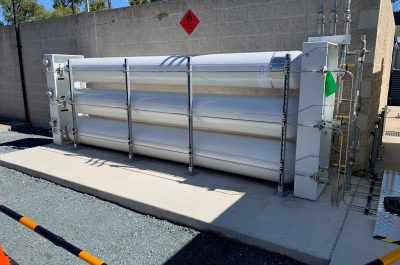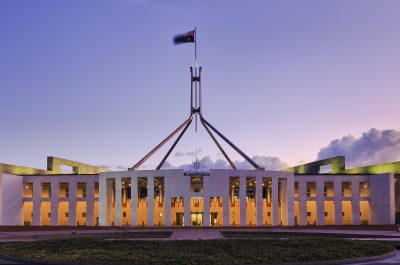Keeping the solar traffic safe
Imagine a world where road rules don’t exist. A world where every car is weaving through traffic with the ambition of Daniel Riccardo, but with the skill of a four-year-old in a bumper car. You can easily imagine the roads in this fictional world aren’t very nice or safe to drive on. This is because most people follow the rules, do the right thing and crazy drivers are in the minority. The same principle can apply to solar.
Networks are roads and solar PV systems are cars
If we imagine the grid as a road network and the electricity that travels through it as tiny cars on a highway, it can start to make a bit of sense to people who are unfamiliar with the complexities of electrical engineering.
A lack of rules isn’t a huge problem when there aren’t that many cars on the road, but once traffic grows, the need for signals, marked lanes and road rules becomes critical to safety.
As electricity networks, we’re finding that many of our “roads” (poles and wires) are getting congested as customers increasingly become power generators through their solar PV. To manage this, we either need to build a lot more poles and wires (which is expensive for customers and not efficient), or we must regulate and manage the “traffic”.
I’ve previously talked about some of these ways (through the use of technical standards for solar inverters), but once we use words like “volt/var settings” or “”anti-island” people’s eye start to glaze over. This also happens to people who work in the industry, which can make the issue easy to dismiss as someone else’s problem to solve.
What we really need is to start talking about how we build a broader social understanding, a who does what, if you will.
Compliance
Up until now compliance has mostly been applied to make sure our customers and the people who work in energy are safe.
This is why you see many of the technical standards and most of the technical regulatory bodies that exist look at things through a lens of safety. Is it safe? Yes or no.
However, as the transition picks up pace, the industry must face the fact that the management of our energy system isn’t just the problem for utilities and market bodies. It involves everyone in a system increasingly dominated by distributed energy resources through our connection to the shared network. We all need to contribute a little bit to make the whole things work. As they say, many hands make light work.
Back in 2020 I wrote an article about “back-stop”, the process by which solar export is curtailed to help keep the lights on. Yes, it was unpopular to some at the time it was introduced, but it has more than proven its worth, helping keep the SA grid stable through multiple storm events. I think time has told us that the early fears around its use are unfounded.
There is a way
But what if we could have our cake and eat it too? What if we could make it easy for people to do the right thing (whatever that means for each of us) and enjoy the benefits? Once again, our friends in South Australia might have some notes we can copy.
In collaboration with the SA Department of Energy and Mining (DEM), SA Power Networks (SAPN) has addressed the challenge of compliance head-on in a way that clarifies roles, makes it simple for installers and maximises the benefits to customers. It sounds almost too good to be true, but this is the culmination of almost a decade of effort to make sure SA continues to enjoy safe, efficient, renewable and reliable power now and into the future.
It also ties together a couple of different threads like the highly technical Dynamic Operating Envelopes (DOEs), the future of technical standards, who undertakes enforcement, roles and responsibilities in a DER world and meeting customer expectations. These threads all mingle in a way that seems to pass the pub test.
To go back to our metaphor, SAPN is a bit like a traffic cop that brings order to the chaos that is unconstrained, unmanaged solar exporting into the grid. This role isn’t everyone’s best mate, but it is one on which everything depends.
This model won’t be the solution for every jurisdiction and it should be noted that SAPN stepped up into a role no one else was willing to take. But it had to be done.
I know many other parts of our industry across the country are watching closely to see how it all pans out in SA, but only time will tell if the rest of the country can find a way to get similar “road rules” in place.



